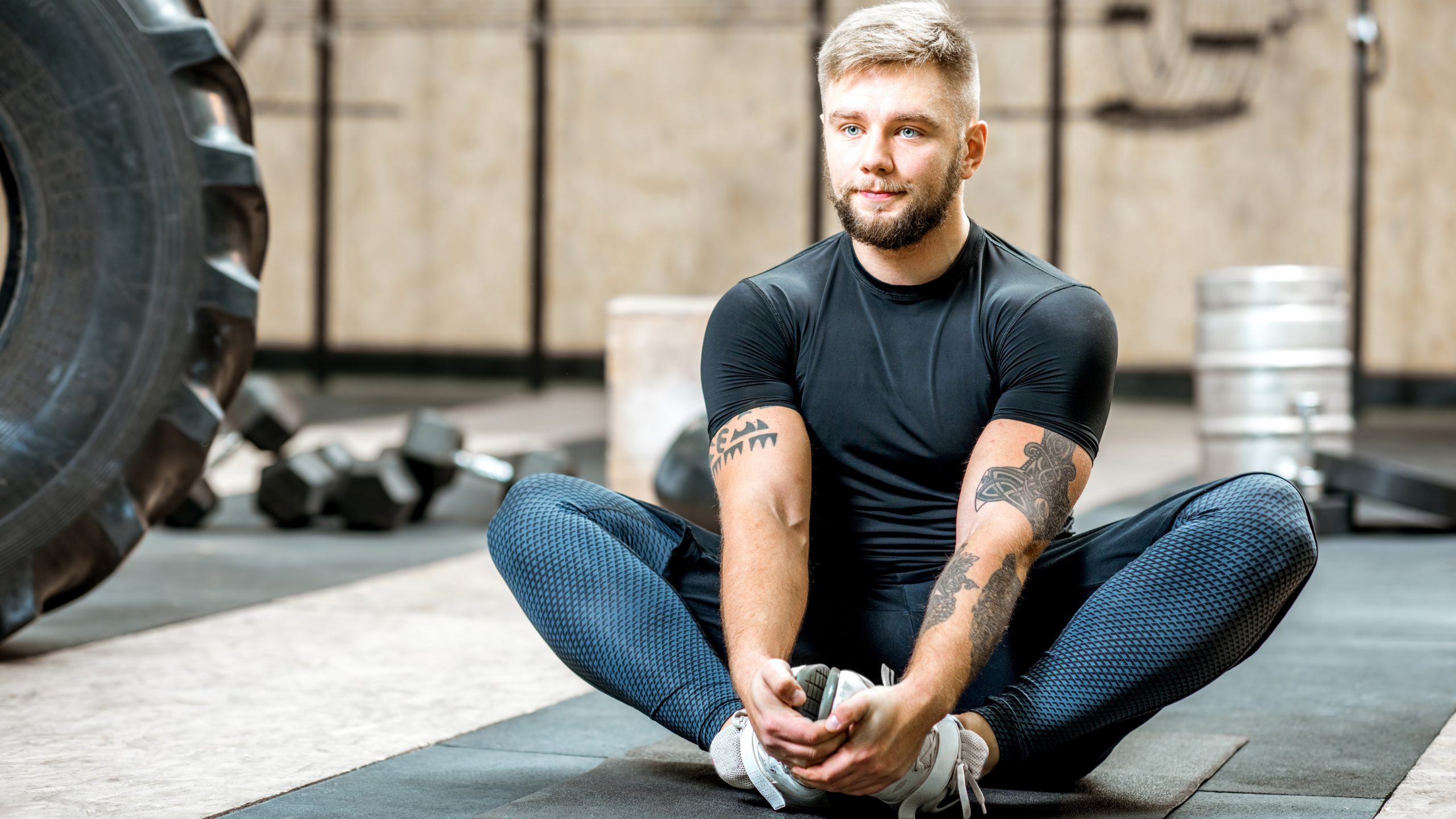January 15, 2025
Alexandra Trusova Expecting a Child
May 19, 2025

Physical activity is essential for boys, supporting growth, strength, and mental well-being through childhood and adolescence. As boys progress through different age stages, their workout frequency and intensity should align with their physical and developmental needs to promote health and prevent injury. A 2019 Journal of Sports Sciences study found that regular exercise improves physical performance by 12% and reduces injury risk by 10% in young males. This article outlines how often boys should work out at various age stages—early childhood (5–9), pre-adolescence (10–13), and adolescence (14–18)—detailing benefits and practical tips, drawing on scientific insights to guide boys, parents, and coaches.
Exercise supports boys’ physical development, including muscle and bone growth, coordination, and cardiovascular health. A 2018 Journal of Strength and Conditioning Research study notes that regular activity enhances strength by 15% and improves mood by 10% in young males. During growth spurts, exercise helps manage rapid changes, reducing muscle tightness and improving flexibility by 12%, per a 2020 Journal of Sports Medicine study. Beyond physical benefits, workouts foster discipline, teamwork, and stress relief, critical for navigating school and social pressures, as a 2019 Psychology of Sport and Exercise study shows a 12% reduction in anxiety with consistent activity.
Boys aged 5–9 should engage in physical activity daily, totaling 60 minutes, as recommended by the World Health Organization (2020). This can include unstructured play (e.g., running, climbing) and organized activities like sports or active games, with 3–4 days of structured exercise for 30–45 minutes to build coordination and strength. A 2018 Journal of Dance Medicine & Science study advises low-intensity, varied activities to avoid overloading developing bones, reducing injury risk by 10%.
Key Insight: Daily play with 3–4 structured sessions builds a foundation without strain. Keep activities enjoyable to foster a lifelong love for movement.
Pre-adolescent boys (10–13) should aim for 60 minutes of moderate-to-vigorous activity daily, with 4–5 structured workouts weekly (45–60 minutes) to support growth spurts and muscle development. A 2020 Journal of Sports Sciencesstudy found that this frequency improves strength by 12% and coordination by 15%. Include 2–3 sessions focusing on strength and balance to prepare for sports, but avoid excessive repetitive training, which increases injury risk by 8%, per a 2019 Journal of Sports Medicine study.
Key Insight: Daily activity with 4–5 workouts supports rapid growth. Include variety and rest to prevent overuse injuries during growth spurts.
Adolescent boys (14–18) should maintain 60 minutes of daily activity, with 5–6 structured workouts weekly (60 minutes) to enhance strength, endurance, and sports performance. A 2018 Journal of Strength and Conditioning Research study notes that this frequency boosts muscle mass by 10% and athletic performance by 12%. Include 3–4 strength-focused sessions and 2–3 cardio or sport-specific sessions, ensuring one rest day weekly to reduce strain by 10%, per a 2018 Journal of Dance Medicine & Science study. Highly active teens in competitive sports may add a sixth session, but balance is key to avoid burnout.
Key Insight: 5–6 weekly workouts with daily activity maximize performance. Prioritize recovery and variety to sustain long-term health and progress.
Exercise is a cornerstone for boys’ health, with workout frequency evolving from daily play at ages 5–9 (3–4 structured sessions), to 4–5 weekly workouts at 10–13, and 5–6 at 14–18, each paired with 60 minutes of daily activity. These science-backed routines enhance strength, prevent injuries, boost mental health, and build lifelong habits, fitting seamlessly into busy lives. Boys, start with age-appropriate sessions, prioritize variety and rest, and consult coaches to refine your approach. As athletes like Alex Ovechkin demonstrate through disciplined training, consistent effort leads to remarkable growth. Move smart, stay active, and unlock your potential.
By Vitalina Andrushchenko, Staff Writer

January 15, 2025
Alexandra Trusova Expecting a Child

December 26, 2024
2025 World Junior Championship Schedule

April 05, 2025
Alexandra Trusova and Makar Ignatov Reveal the Gender of Their Future Child